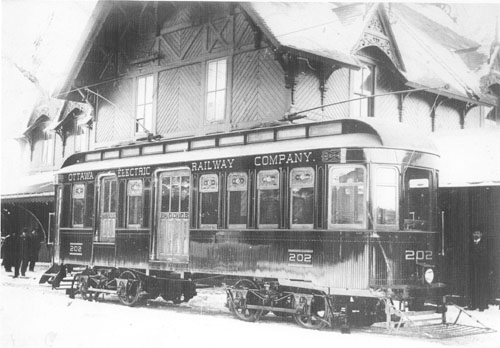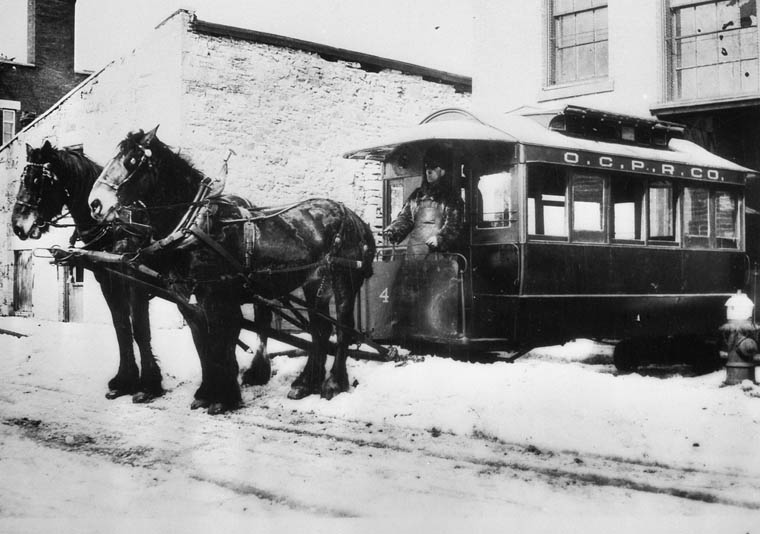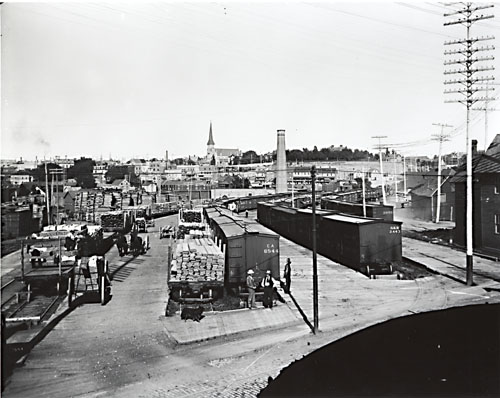Many Ottawa residents do not fully realize what the very first railroad built in Canada’s capital was like. The first railroad tracks were laid as early as old Bytown, though not for the train, but for the streetcar that carried the stones to build the dams and locks on the Rideau Canal. Also, many Ottawans are unaware that the first railroad to be built in the Ottawa Valley was not steam-powered at all instead was run by horse-drawn traction. Find out more at ottawa-future.com.
Railroad development in Ottawa

The first railroad tracks appeared in the Bytown settlement in 1827. At that time, the military Rideau Canal was under active construction in the small working town. To significantly facilitate the transport of goods and raw materials for the construction of locks and dams located along the entire length of the canal, it was decided in 1827 to lay streetcar tracks. The railroad tracks started from Hog’s Back, where the main quarry was located in the first half of the 19th century, to the very object of construction in Bytown, the Rideau Canal. The first railroad track in Baytown reached almost two kilometers, where the first streetcar ran and carried construction materials. The Bytown railroad line fell into disrepair immediately after the Rideau Canal was completed in 1932.

Fifteen years later, Bytown thought of building a vast railroad network. Thus, in 1847, the Union Railroad came into being. The Union Railroad transport network was the first horse-drawn railway in the Ottawa Valley. The length of the Union horse-drawn railway was about 5 kilometers. It was located along the Ottawa River from Lac Deschenes to Lac des Chats.
Thirty years later, this railroad became irrelevant. By 1879, it was removed from service since the horse-drawn railroad was replaced by a locomotive railroad.
Construction of the first railroad in Ottawa and the launch of the first regular direct service

Construction of Ottawa’s first large-scale railroad began in 1851. Back then, Bytown hosted the official groundbreaking ceremony for the future Baytown and Prescott Railroad. In 1852, the Ottawa government adopted railroad standards. At the end of the 19th century, broad railroad tracks were built. They were 170 centimeters wide. This gauge was adopted as the standard gauge for Canada, particularly for the province of Ontario. It was used until 1870 when the Ottawa railroad network had to be modernized, so the gauge standards changed to smaller ones. Since 1870, the width of the standard railroad gauge in Ottawa has been 140 centimeters.
Shortly after the first large-scale railroad was built, Ottawa launched its first intercity regular service. The first regular direct route of the Bytown and Prescott The railroad was launched in 1854. Rail service was a real boon for many residents of old Ottawa. Residents of the capital could quickly and comfortably reach other settlements and cities. The fare in 1854, the first week of the Bytown and Prescott Railroad’s operation, was only two dollars for a round trip.
Since then, more and more railroad connections between different cities have been established in Canada. New railroad stations appeared almost every year. The end of the 19th century saw a real boom in railroad construction in Canada’s capital.